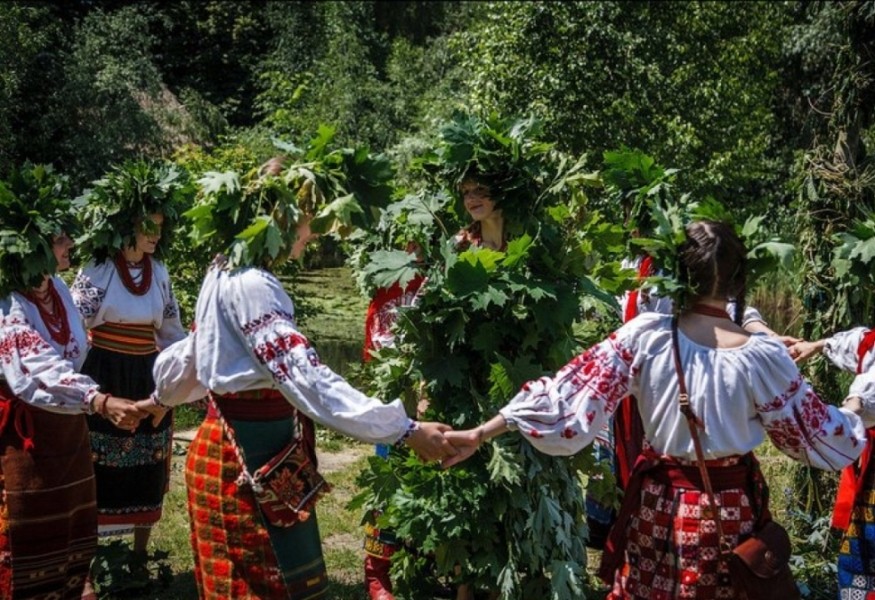
The «zavyvannia berizky» ancient rite of twisting and subsequent untwisting branch wreaths directly on a live birch tree takes an equivocal place in the structure of the Holy Trinity ritual traditions. Based on the available historical and ethnographic sources, it can be obviously concluded that this rite was usually timed to the so-called «Semyk», which fell on the last Thursdayof the Green Week (Whitsuntide week) or on the HolyTrinity Sunday. The purpose of the research is a scientifically substantiated description of the Ukrainian version of the «zavyvannia berizky» custom and the attempt to reconstruct the lost ritual components as well as as to present a new look at its semantic content. The research methodology is based on the principles of historicism, objectivity and comprehensiveness. According to the theme, the author applies the corresponding methods of historical deduction, econstruction, typological and comparative-historical analysis. The study argues the opinion that in the past «Semyk» and the «zavyvannia berizky» rituals unambiguously existed among the Ukrainian population. Attention is drawn to just a few historical and ethnographic data on the corresponding phenomenon of spiritual culture and the relatively small territory of its distribution (mainly separate territories of eastern Ukraine). Considering these facts and the great popularity of the «zavyvannia berizky» custom among Russians and, to a lesser extent, among Belarusians, we confirm the option of its non-local origin. Based on the analysis of factual materials, it is emphasised that all Eastern Slavs had almost similar components and sequence of performing that rite. The only difference was that the ritual actions with a birch tree among Russians and Belarusians were usually not limited to its branch wreathes twisting. The tree was cut down, decorated with ribbons, scarves, and peasants walked with it around the village or paid visits to the participants of the ceremony. Finally, it was «undressed» or untwisted and thrown into the water. In turn, this fact prompts an assumption about the similarity of the Ukrainian Kupala Night tree and the Russian Trinity birch tree, and the probability of their joint genetic origin.
Source: Pakholok I. (2021) The Origin of the «Zavyvannia Berizky» Holy Trinity Custom in Ukraine (within cultural and historical aspect). Antiquities of Lukomorie. №3: 14-20
Source web-site: http://www.lukomor.mosk.mksat.net/index.php/lukomor/article/view/72/65
Number of views: 1633